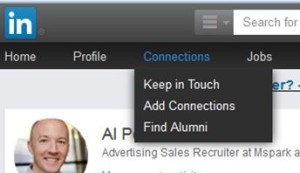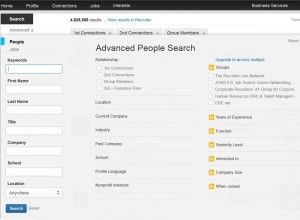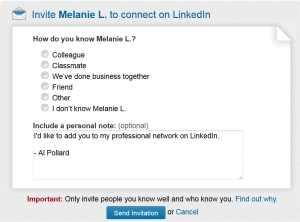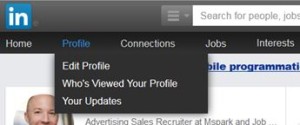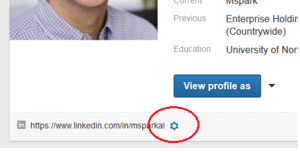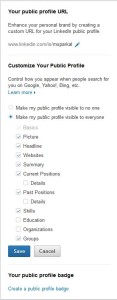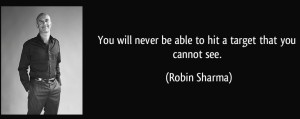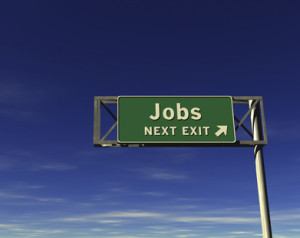 I see a lot of resumes. I see very few that are nice to read and even fewer that are nice to read AND contain the information I want. Part of the issue is that many people just apply for anything. I have written about objectives before and how they are about as useful as a screen door on a submarine. If you do not get that joke then you need more help then I am willing to give:) At best, resume objectives do nothing, at worst they are what we call a “gross negative qualifier.” That is corporate speak for NOT passing Go and NOT getting $200.
I see a lot of resumes. I see very few that are nice to read and even fewer that are nice to read AND contain the information I want. Part of the issue is that many people just apply for anything. I have written about objectives before and how they are about as useful as a screen door on a submarine. If you do not get that joke then you need more help then I am willing to give:) At best, resume objectives do nothing, at worst they are what we call a “gross negative qualifier.” That is corporate speak for NOT passing Go and NOT getting $200.
I currently recruit sales people. Of the applicants who still insist on using an objective on their resume I would say that 10% or less have an objective with the word “sales” in it. That is usually a deal killer. Why? How about if you are a large, short person and someone walks up to you and says “Want to go out? I love tall skinny people.” You would be thinking what I do… you so idiot!
I see room for improvement in a similar area, your education. Or as I say: “your edjumacation.” Here are some rules that I suggest you follow when it comes to how you got learned:
GED: If this is your highest level of education and you do not have a significant amount of related experience.
High School: If that is your highest degree or if you applying with a recruiter/hiring manager that you KNOW also went to the same high school.
Certifications: If they are directly related to the position.
Training Classes: If they are directly related to the position.
2-year degree: If that is your highest degree or directly related to the position you are applying for. For instance, you apply at a hospital and you have a 2-year medical related degree in addition to a higher degree.
4-year degree: If it is your highest degree.
Major: If it is related to the position, company,. profession or industry you are applying with.
Minor: If it is related to the position, company, profession or industry you are applying with.
Master’s: If it is related to the position, company, profession or industry you are applying with or you need to account for a time gap.
PhD: If it is related to the position, company, profession or industry you are applying with or you need to account for a time gap.
Be sure to list your education if it is a requirement in the job posting. Yes, an advanced degree can be bad for your employment search. If you apply for a management trainee position but I see that you recently received or you are pursuing a Master’s in music that brings up a lot of questions. No, I do not think these are lies of omission. Remember, you do not have to be little-kid honest 🙂
On a side-note, do not list that you are a minister unless it is related to the position, company, profession or industry you are applying with.
Al
Education is the ability to listen to almost anything without losing your temper or your self-confidence.
Robert Frost

